Disclaimer: Psychedelics are largely illegal substances, and we do not encourage or condone their use where it is against the law. However, we accept that illicit drug use occurs and believe that offering responsible harm reduction information is imperative to keeping people safe. For that reason, this document is designed to enhance the safety of those who decide to use these substances.
This article has been medically reviewed byKatrina Oliveros, MSN-ED, BSN
Maria Katrina, is a trauma-informed Wellness Educator and Psychedelic Harm Reduction Consultant. Beyond nursing, she supports health & wellness teams through medical aid, psychedelic harm reduction, and integration services.
Though these common little brown mushrooms may look innocent, P. semilanceata, or “liberty caps,” are among the most potent psilocybin mushroom species worldwide.
In this guide, we’ll uncover the rich and mysterious history of liberty caps, discuss their effects, safety, and legality and provide guidance to foraging your own.
History of the “Liberty Caps” Name
Though commonly known as liberty caps, the official name is Psilocybe semilanceata (Fr.) P.Kumm. (1871), or P. semilanceata for short.
(Fr) is for Fries, referring to Elias Magnus Fries, a Swedish mycologist who wrote the first P. semilanceata mycology description in 1838. P.Kumm is for German scientist Paul Krummer, who re-classified P. semilanceata from the Agaricus to the Psilocybe genus in 1871.
Though officially recognized by mycologists in the late 1800s, the name “liberty caps” was described years earlier in British romantic literature.
In 1808, the poet James Woodhouse described dome-shaped mushrooms thought to be P. semilanceata in his poem “Autumn and the Redbreast, An Ode,” published in his Norbury Park collection. In the poem, Woodhouse likened the mushrooms to a “freedom’s cap.” These were hats initially worn by formerly enslaved people during the Roman Empire and adopted by fighters in the French and American revolutions as symbols of liberty and freedom.
The poem goes as follows:
Like fair umbrellas, furl’d, or spread, Display their many-colour’d head;
Grey, purple, yellow, white, or brown, Shap’d like War’s shield, or Prelate’s crown—
Like freedom’s cap, or Friar’s cowl
Liberty cap mushrooms are also referenced in Omniana – a collection of written messages between poets Robert Southey and Samuel Taylor Coleridge in 1812. They write:
There is a common fungus, which so exactly represents the pole and cap of liberty, that it seems offered by nature herself as the appropriate emblem of Gallic republicanism, — mushroom patriots, with a mushroom cap of liberty.
As well as liberty caps, other nicknames for P. semilanceata have included blue legs, pixie caps, and witches’ hats. Some online sources state that Panaeolus semilanceata is also a synonym for P. semilanceata. However, the Panaeolus genus of fungi would technically categorize Panaeolus semilanceata as a separate species.
Ancient Magic Mushroom Use in Europe
Some scholars believe P. semilanceata may have played a key role in European folklore – the myths, rituals, and superstitions spread by word of mouth. One resource describes that the fairy-tale-like hallucinations people report from P. semilanceata could explain the origin of mythical creatures in Irish folklore, such as fairies and leprechauns.
“There are numerous Irish stories that speak of magical substances that confer special knowledge and the ability to speak poetically. There is a definite connection in the Irish stories between the ingestion of a special substance and poetic brilliance,” explained the Irish poet Shonagh Home for Fantastic Fungi.
Supporting this idea, stone age rock art, engraved on passage tombs in the Boyne Valley, Ireland, depicts psychedelic visual patterns akin to magic mushroom visuals.
As well as P. semilanceata, early European pagan communities may have used other psychoactive plants and fungi in their rituals and ceremonies. Paganism refers to a collection of pre-Christian spiritual practices, often characterized by the worship of nature.
The druids – ancient British pagan priests – are speculated to have used Amanita muscaria, or fly agaric mushroom, to communicate with the universe. However, since the customs and practices of indigenous European communities were contained mainly in oral tradition and wiped out following the Roman invasion, pagan history remains largely unclear.
Modern Re-discovery of Psilocybe semilanceata
In 1799, a British family’s accidental ingestion of P. semilanceata marked the first reliably documented P. semilanceata experience and magic mushroom trip in Europe. The chemist who wrote the report described spontaneous laughter, delirium, and dilated pupils.
Albert Hoffman, the chemist who discovered LSD, was the first to extract psilocybin from a sample of Mexican magic mushrooms in the late 1950s. With botanist Roger Haim, Hoffman confirmed the presence of psilocybin in a sample P. semilanceata using a separation method called chromatography.
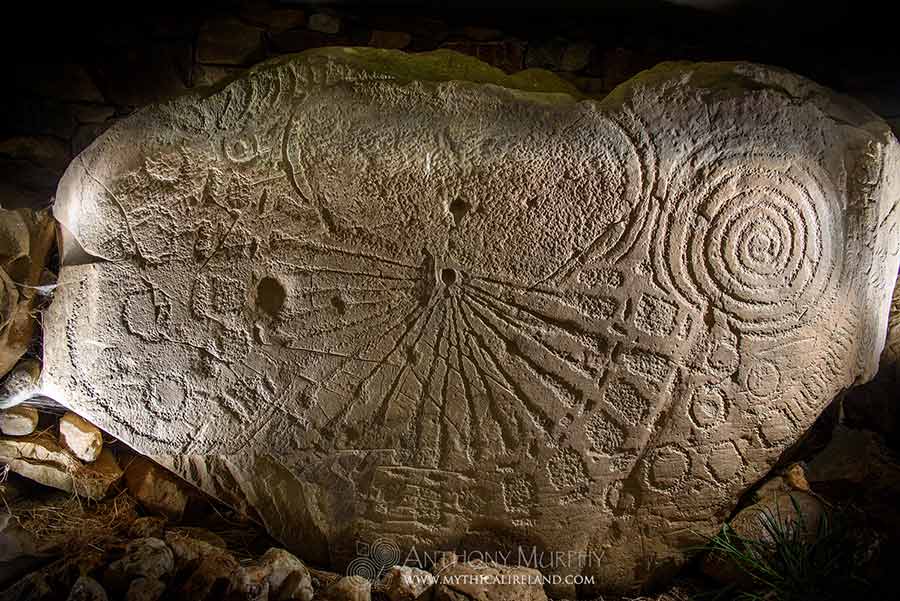
How to Identify Liberty Caps in the Wild
P. semilanceata are slender and delicate little brown mushrooms, often distinguished by their pointy caps. Since poisonous look-alike mushrooms can grow in the same habitats as P. semilanceata, it’s critical that foragers correctly identify this species, as consuming the wrong species could have fatal consequences.
If you’re interested in foraging P. semilanceata, it’s essential you first familiarize yourself with their identifying physical features. These include:
Caps:
P. semilanceata have thin conical caps, ranging from 0.5-2cm, which are similar in shape to a witch’s hat. At the top of the cap is a “nipple,” or pimple. If fresh, the cap color is pale to dark brown, sometimes with a green or blue tinge. Moist caps contain a translucent covering called a pellicle, which can be carefully peeled away. When dried, the pellicle disappears, and the cap becomes white to gray with a darker black bottom edge.
Stipe (stem):
P. semilanceata have tall, narrow stems, around 2 to 3 mm in diameter and 4 to 10 cm in length. The stems are fibrous and tend to be curved and bendy, with a slight thickening at the base. They are yellow to cream in color and often have a blue-ish base.
Gills:
Young P. semilanceata have light gray gills, but these turn dark purple and brown as the mushrooms mature. The gills are narrow and crowded together.
For further visual guidance, you can check out inaturalist – a database for foragers to share images of different mushroom species.
Where Does Psilocybe semilanceata Grow?
P. semilanceata can be found either growing solitarily or in clusters in grasslands, such as meadows, pastures, and lawns. Although they tend not to grow directly on dung, P. semilanceata favor growth in pastures fertilized with manure and are often found growing near sheep or cow dung.
P. semilanceata is widespread across the globe. This species favors cold climates and grows in abundance across the United Kingdom and Northern Europe, where mycologists think the species is native. P. semilanceata is also abundant in North America, including Canada and the Pacific Northwest, and can be found in southern Europe in high-altitude regions.
In the United Kingdom and the United States, P. semilanceata grows in the autumn, between September and December. Foragers report they often find the most mushrooms on a sunny morning following a day of rain.
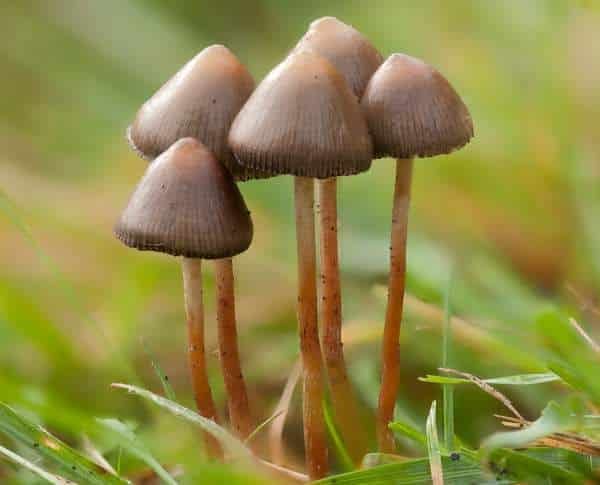
What Does Psilocybe semilanceata Feel Like?
On average, P. semilanceata contains around 1% psilocybin by dry weight, ranking as high potency compared with other common magic mushrooms, such as Psilocybe cubensis.
Potency can vary widely, however, with chemical analyses finding between 0.17 to 1.96% psilocybin across different samples. Factors influencing the potency of a P. semilanceata sample can include:
- Location of sample growth
- Weather conditions during sample growth
- Part of the mushrooms (caps tend to contain more alkaloids than stems)
- Age of the sample
As well as psilocybin, P. semilanceata contains a relatively high amount of baeocystin at 0.36%. This is another alkaloid common in hallucinogenic mushrooms. Though scientists agree that baeocystin is likely psychoactive, it’s unclear how this molecule contributes to mushrooms’ psychedelic effects.
Psilocybin psychoactive effects
Like all shrooms, the psychoactive effects of P. semilanceata can be highly variable depending on dose (dosage guidance below). Here are some common psilocybin effects you could expect at different P. semilanceata dose ranges:
Light to medium doses
You may feel mild euphoria and increased openness and creativity in your thoughts at this dose range. Visually, your environment may look like it’s breathing or pulsating, with colors becoming brighter. Other senses may also increase in intensity, with music often becoming more emotionally evocative.
Medium to high doses
As the doses become higher, these effects will become more intense. Thoughts may become more fluid, which can often be confusing. Your whole environment may appear as if it’s moving and layered over with kaleidoscopic patterns. Time may be experienced differently, such as speeding up or slowing down. People also report being more introspective at higher doses, so you may find yourself less easily able to engage with others.
Higher doses are also associated with mystical experiences. These are spiritual and often difficult-to-describe experiences characterized by a sense of transcendence and oneness with the universe.
Microdoses
Non-psychedelic, subtle effects following a microdose can include increased energy, creativity, sociability, and positive mood. Microdosing is often used to access flow states, otherwise known as “being in the zone,” where you’re able to immerse yourself fully in an activity.
Microdose effects tend to become more evident after regularly microdosing for two weeks or more. Some long-term benefits of microdosing include increased creativity and productivity, increased self-awareness, and greater emotional stability.
If you’re interested in microdosing, check out the Third Wave’s comprehensive microdosing course. By signing up, you’ll be supported with in-depth guidance about how to microdose in line with your personal goals.
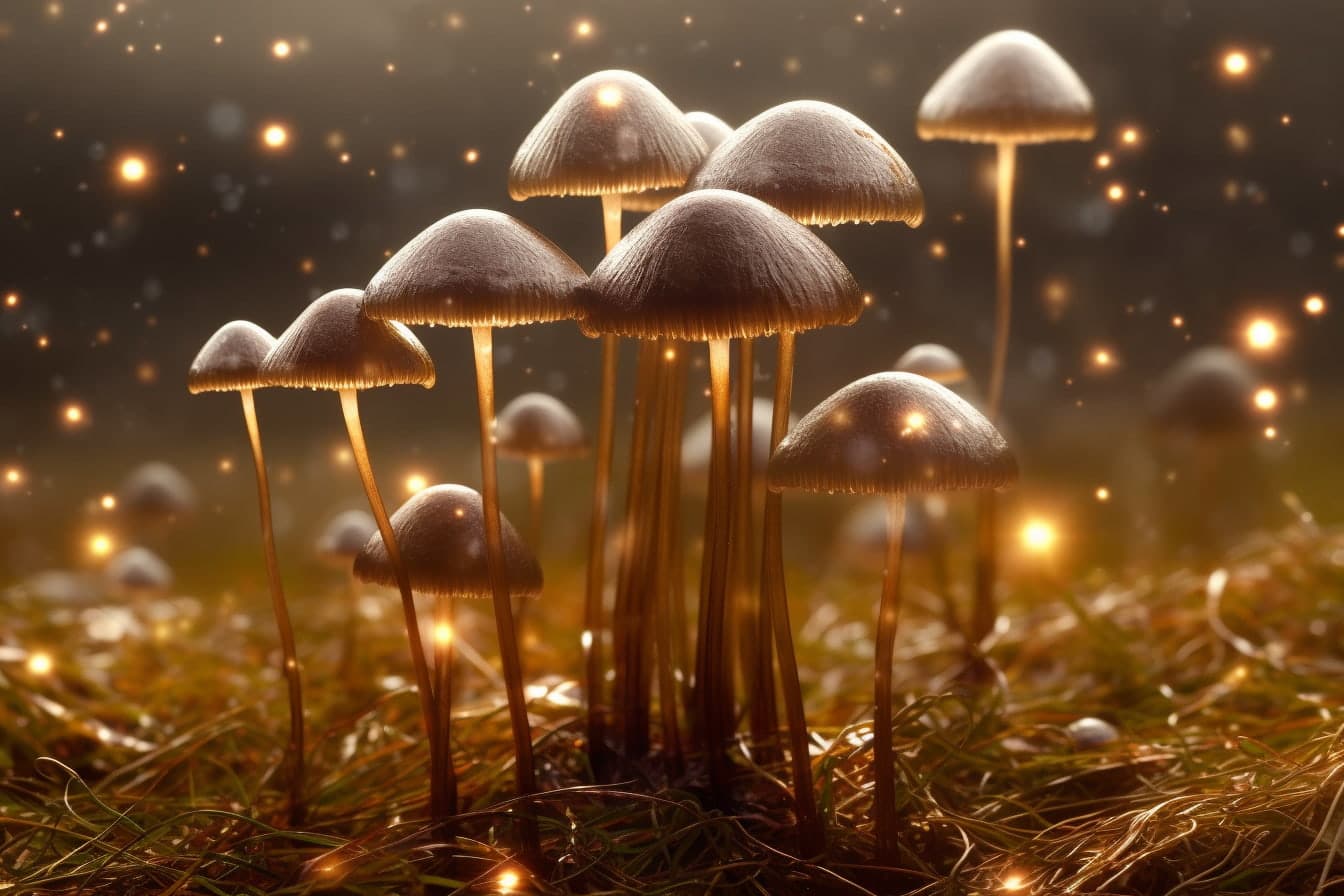
Comparing the P. semilanceata Experience with Other Magic Mushrooms
Liberty cap trip reports, documented on forum sites such as Reddit and Erowid, describe common experiences characteristic of this species of mushroom. These include:
- Intense visuals
- Fearful aspects
- Visions of otherworldly beings and figures (at higher doses)
- Profound insight
- Feeling a close connection with nature
Comparing P. semilanceata with the common P. cubensis, one DMT nexus user wrote: “Cubensis, for me, are a lot cleaner/easier to manage in higher doses but Liberties have a whole grittier-down to earth feeling / a kind of ‘not to be messed with or your gonna get slapped’ energy.”
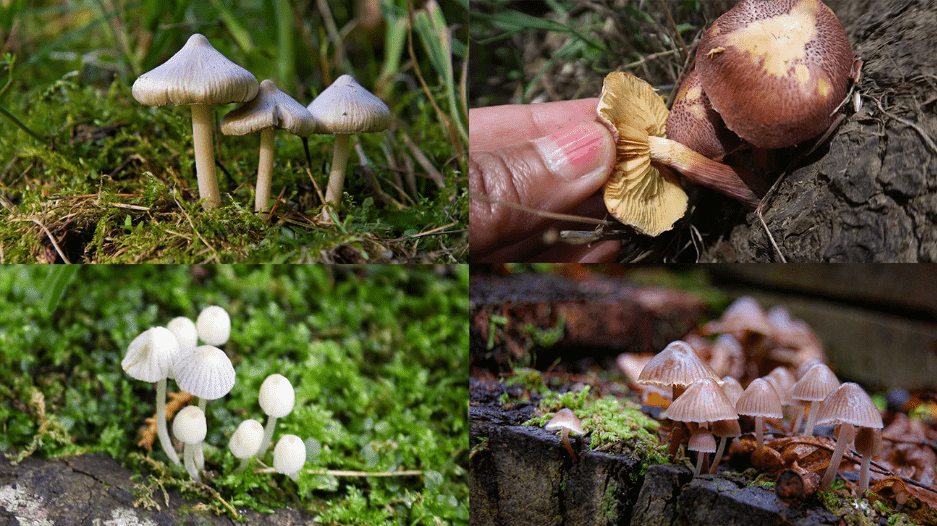
Psilocybe semilanceata Dosage Guidance
If you plan to consume these mushrooms, your dosage amounts must be adjusted accordingly, as P. semilanceata have a higher-than-average potency.
NOTE: In the below video and infographic, these dosages are for dried weight. If the mushrooms are fresh, then multiply the dosage by a factor of 10x.
How To Safely Dose Psilocybin Mushrooms from Third Wave on Vimeo.
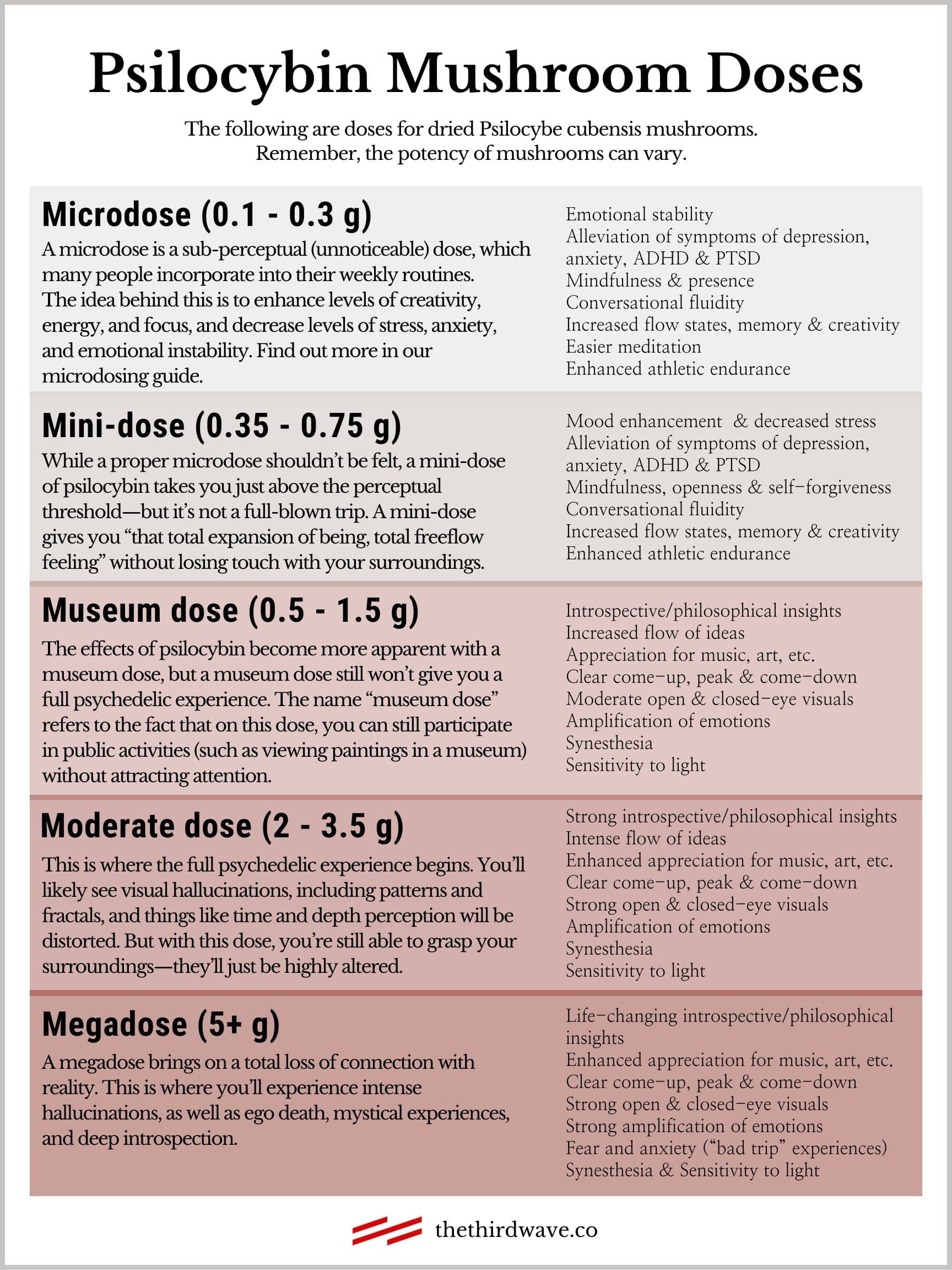
Benefits of Psilocybin Mushrooms
Increasing evidence shows that psilocybin can have long-term mental health benefits in patients when used in a therapeutic setting. Clinical trials have demonstrated psilocybin therapy can be helpful in depression, anxiety, addiction, and beyond.
As well as treating medical conditions, psilocybin is also popular as a tool for personal development. Anecdotal users have described personal benefits following psilocybin that include:
- Greater appreciation for music and art
- Increased connectivity to nature
- More tolerance for others
- Increased empathy
- Increased creativity
- Improved mood and wellness
In clinical studies, psilocybin is administered in a well-controlled setting with the support of trained mental health professionals, which doesn’t reflect the conditions of people using P. semilanceata in an unguided context. As such, we advise against using these mushrooms to medically treat any severe mental or physical health condition.
However, if you’re interested in experiencing the personal benefits of psilocybin mushrooms in a safe, therapeutic setting, you can check out our directory of psilocybin wellness retreats.
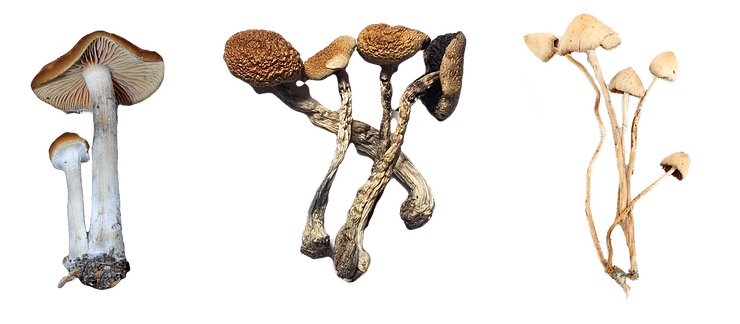
Psilocybe semilanceata Side Effects and Safety
In general, psilocybin mushrooms are considered non-toxic and unlikely to cause physical harm. Ingesting these mushrooms can cause physical side effects, however, such as:
- Nausea
- Headaches
- Stomach cramps
- Physical fatigue
- Elevated heart rate
- Increased blood pressure
The most severe risk concerning P. semilanceata is accidentally ingesting poisonous look-alike species, such as Pholiotina rugosa. You can distinguish Pholiotina rugosa from P. semilanceata by looking for an annulus zone (a ring-like structure on the stem). This species will also have no nipple on their cap.
Because of their high potency, P. semilanceata may put users at greater risk of adverse psychedelic effects compared with other species. Psychological risks of psychedelics include:
- Anxiety
- Paranoia
- Fear
- The feeling of losing one’s mind or sanity
- Surfacing of unwanted memories
- Unpleasant and disturbing hallucinations
- Hallucination-persisting perception disorder (HPPD)
In 1997, a report described 22 cases recorded by Danish Poison Information concerning P. semilanceata. For most cases, the report described patients having problems relating to “psychotomimetic” (psychosis-like) symptoms. In seven of the 22 cases, patients had “tremendous anxiety and could not stay calm.” In the other 15, patients mainly experienced dysphoria and anxiety, with some reporting problems related to increased heart rate and stomach problems.
Because of these risks, we’ve produced a guide on how to cope with anxiety and paranoia during a trip if they arise.
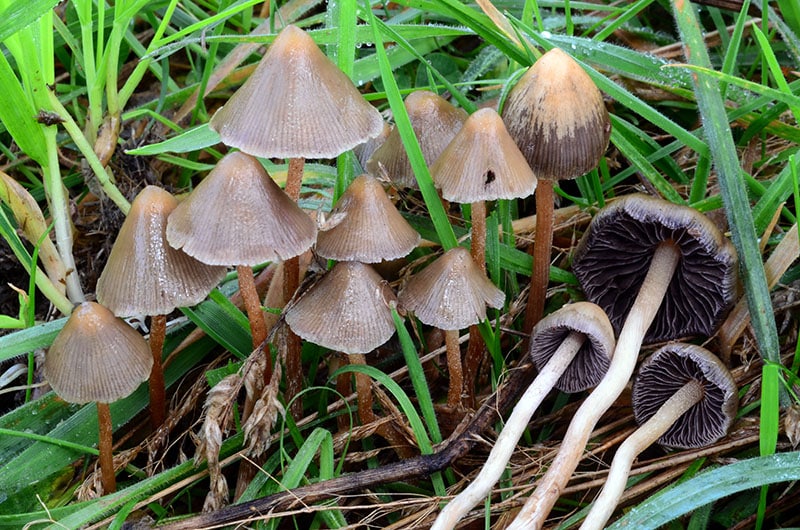
Can I Grow My Own Psilocybe semilanceata?
P. semilanceata is notoriously difficult to grow indoors, and there’s very little online information online about how to cultivate this species indoors.
Though a few cases of successful P. semilanceata grows have been recorded, most online forum users advise transferring P. semilanceata mycelium to an outdoor patch and waiting for the right season for the mushrooms to fruit on their own.
If you’re interested in growing your own mushrooms, you may choose an easier-to-grow species, such as P. cubensis, for which more cultivating information is available.
Whichever species you choose, our mushroom grow kit and course can greatly support your growing journey with detailed step-by-step instructions for growing high-quality, abundant flushes.
Psilocybe semilanceata Legality
The legal status of psilocybin mushrooms varies in different regions across the globe.
In most countries where P. semilanceata is found, psilocybin mushrooms are categorized as a Schedule 1 or Schedule 1-equivalent drug. This law makes it illegal to possess, cultivate, and supply P. semilanceata. Though foraging these mushrooms is not considered an offense, by picking these mushrooms, you will technically be in possession of them and, therefore, liable to punishment.
In certain places, including many US states, psilocybin mushrooms have recently become decriminalized, meaning criminal punishments concerning P. semilanceata tend to be very mild, if they are applied at all.
The only place psilocybin mushrooms are fully legal is in Jamaica and the Bahamas. However, legal loopholes in other countries open up their use.
For instance, in Mexico, the government tends to allow mushrooms if used for spiritual and ritual purposes, and in the Netherlands, psilocybin is available in the form of truffles.
Want to know more about psilocybin mushroom legality? Discover different psilocybin mushroom laws across the globe.
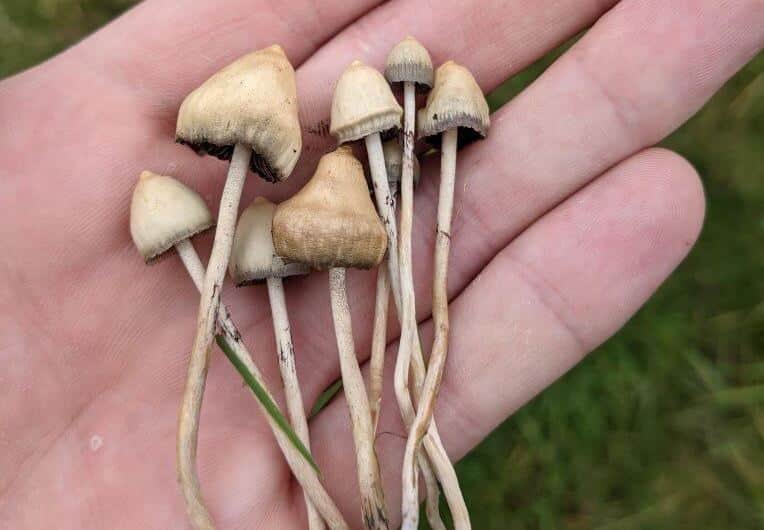
Final Thoughts
If you’re interested in journeying with P. semilanceata, it’s imperative you ensure the species have been correctly identified. Pay close attention to set and setting during your trip to mitigate risks of harm.
Though P. semilanceata may be a particularly difficult species to grow, cultivating your own mushrooms is the safest way to avoid ingesting any dangerous look-a-likes.
With our Third Wave Mushroom Grow Kit and Course, you’ll have all you need to know and grow mushrooms at home, minus the spores.
Start Growing Mushrooms Today
Grow 1 Year's Worth of Microdoses in Just 6 Weeks
Third Wave partnered with top mycologists to create the world’s easiest and best mushroom growing program (kit, course, and expert support).
- Pre-sterilized and sealed
(ready to use out of the box) - Step-by-step video and text course
- Access to growing expert in community
- Make your first harvest in 4-6 weeks
- Average yield is 1 - 4 ounces (28-108g)
- Fits in a drawer or closet
- Enter info for Third Wave discounts:
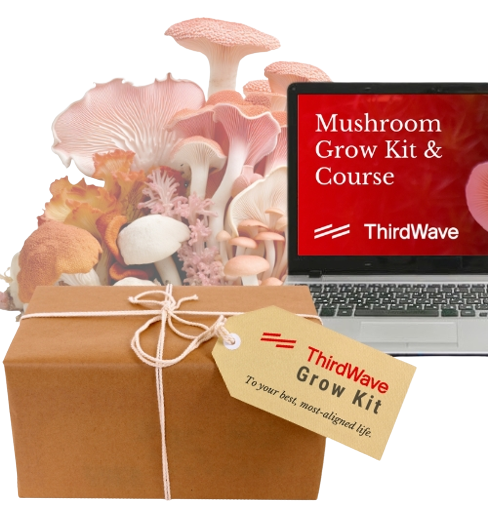
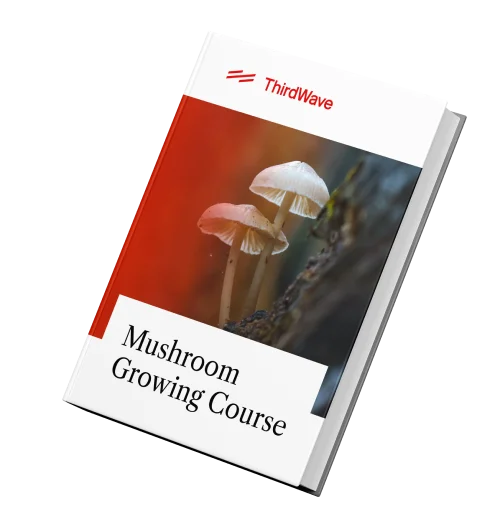
Grow 1 Year's Worth of Microdoses in Just 6 Weeks
Third Wave partnered with top mycologists to create the world’s easiest and best mushroom growing program (kit, course, and expert support).
- Pre-sterilized and sealed
(ready to use out of the box) - Step-by-step video and text course
- Access to experts in community
- Make your first harvest in 4-6 weeks
- Average yield is 1 - 4 ounces (28-108g)
- Fits in a drawer or closet
- Enter info for Third Wave discounts

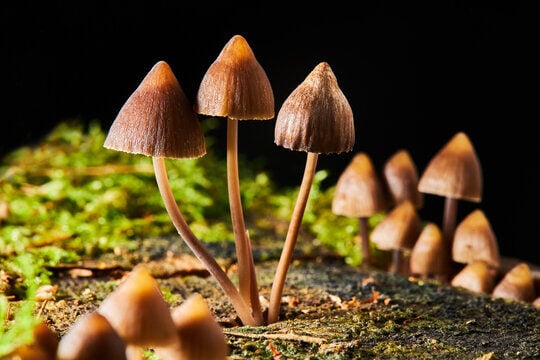
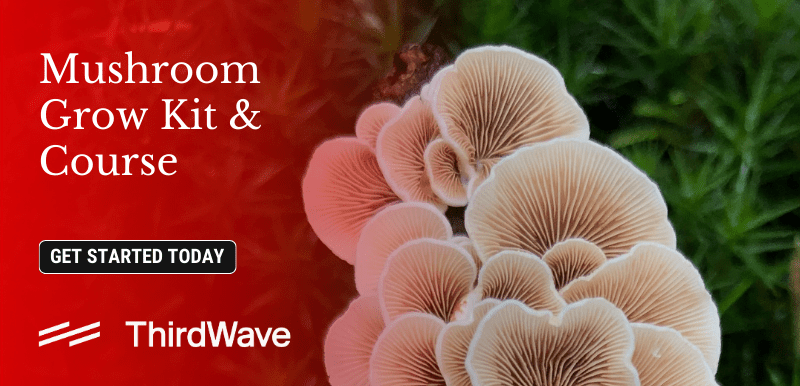
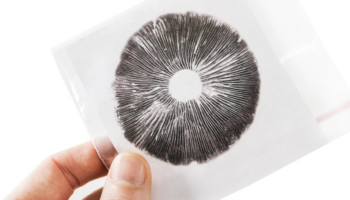

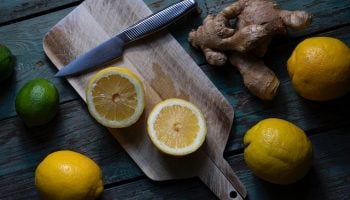



I used to be very pleased to search out this web-site.I needed to thanks in your time for this glorious read!! I positively having fun with every little little bit of it and I’ve you bookmarked to check out new stuff you blog post.
It’s actually a nice and helpful piece of info. I’m satisfied that you simply shared
this useful info with us. Please keep us informed like this.
Thank you for sharing.